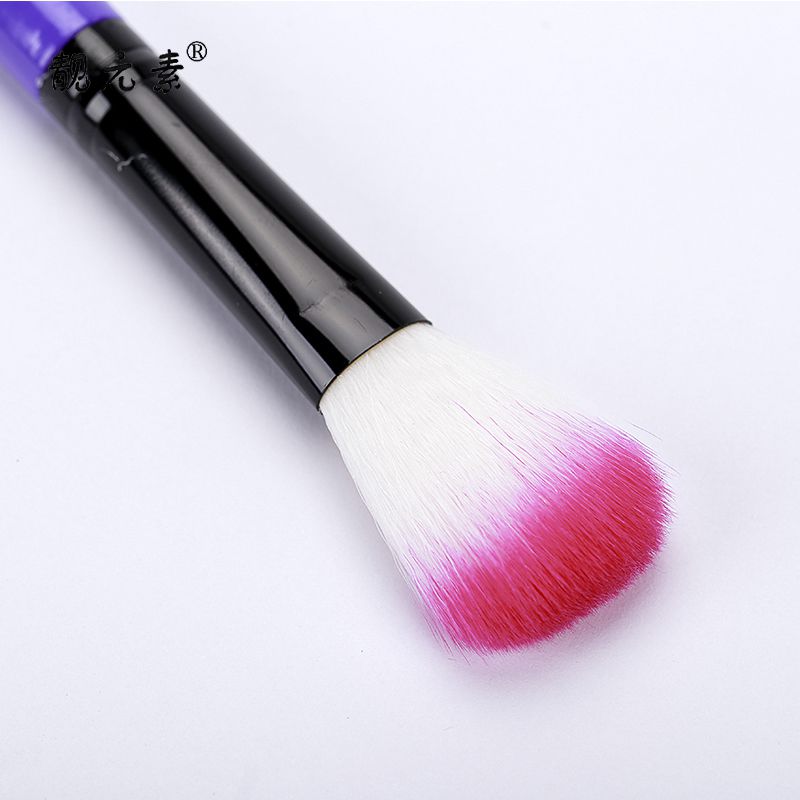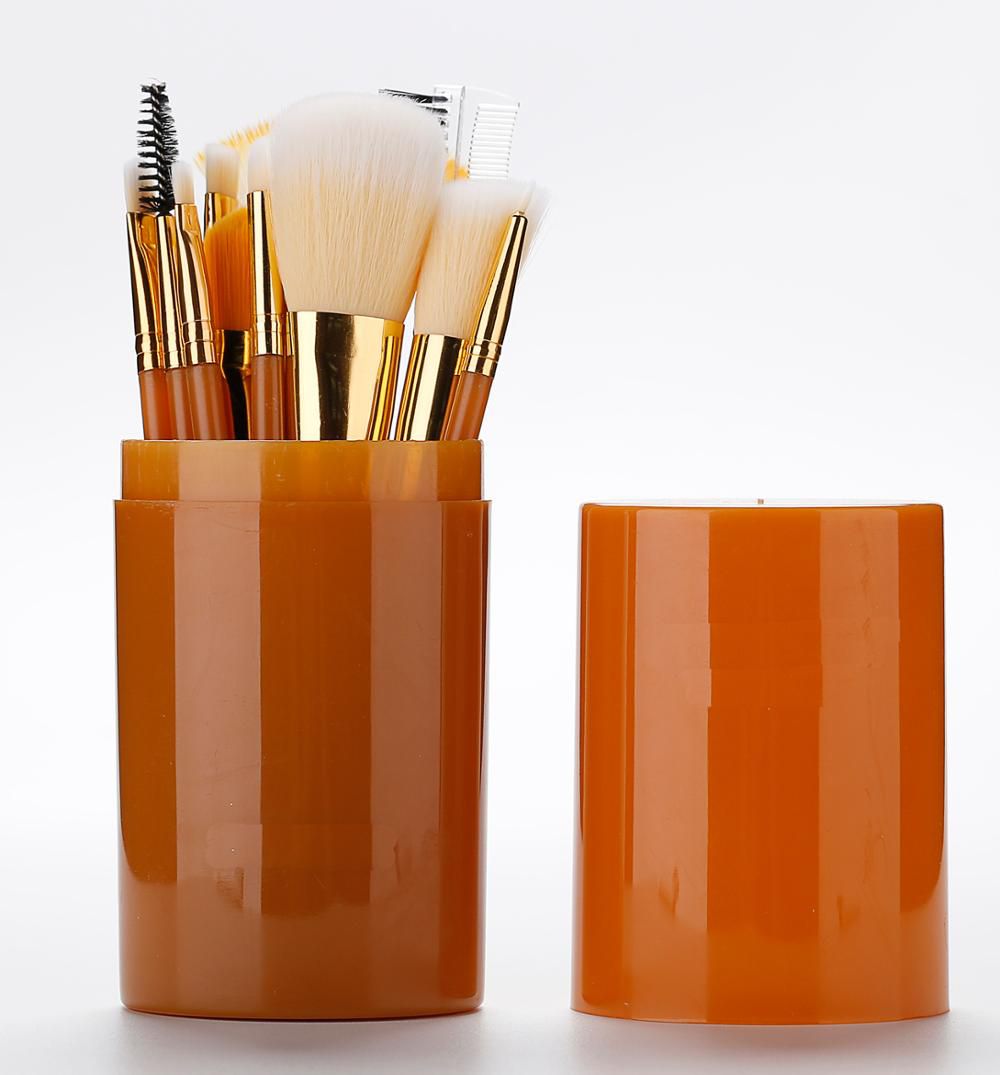Industry news
Russian Beauty Market Shifts to Domestic Bristle Suppliers Amid Import Restrictions
- 972 Views
- 2025-09-27 01:31:12
Russian Beauty Market Shifts to Domestic Bristle Suppliers Amid Import Restrictions
The Russian beauty market, once heavily reliant on imported cosmetic raw materials, is undergoing a significant transformation. Since 2022, sweeping import restrictions have disrupted global supply chains, forcing local makeup brush manufacturers to pivot toward domestic bristle suppliers—a shift that could reshape the industry’s landscape for years to come.
For decades, Russia’s beauty sector depended on foreign sources for high-quality bristle, with over 70% of cosmetic brush filaments imported from China, Poland, and Italy, according to industry reports. These imports included natural fibers like goat hair and synthetic materials such as nylon, critical for producing premium makeup brushes. However, geopolitical tensions led to sanctions and logistical bottlenecks, causing import volumes to plummet by 45% in 2023 alone, per the Russian Cosmetics Association. Prices for imported bristle surged by 60%, while delivery times stretched from weeks to months, leaving manufacturers scrambling to secure alternatives.
This crisis has become a catalyst for domestic bristle suppliers. Historically overshadowed by foreign competitors, local producers are now scaling up operations. Companies like Ural Bristle Works and Siberian Filaments, once niche players, have expanded production capacity by 300% since 2022, investing in new extrusion lines for synthetic fibers and partnering with agricultural cooperatives to source natural bristle locally. Government support has accelerated this growth: the Russian Ministry of Industry allocated $20 million in grants for bristle processing technology upgrades in 2023, aiming to reduce import dependence by 50% by 2025.

Yet challenges persist. Domestic suppliers face hurdles in meeting quality standards for high-end markets. While mid-range synthetic bristle (used in budget makeup brushes) now meets 80% of local demand, premium natural fibers—valued for softness and durability—remain scarce. “We’re still catching up on goat hair processing,” notes Elena Kuznetsova, CEO of Siberian Filaments. “Foreign suppliers have decades of expertise in sorting and sterilizing natural bristle, which affects brush performance. We’re investing in R&D to bridge this gap, but it will take 2–3 years.”
Consumer attitudes are also shifting, creating opportunities. With imported makeup brushes now pricier and harder to find, Russian beauty brands like ILIA and Organic Shop are launching “Made in Russia” lines, highlighting domestic bristle as a selling point. A 2023 survey by BeautyInsight Russia found 62% of consumers are willing to try locally made brushes, prioritizing availability over brand origin—a marked change from pre-2022 preferences.
Long-term, this shift could strengthen Russia’s position in the global cosmetic supply chain. As domestic suppliers refine their craft, they may not only meet local demand but also explore exports to markets like Central Asia or the Middle East, where price sensitivity aligns with mid-range bristle offerings. For international manufacturers, the trend underscores the need for supply chain diversification, as geopolitical risks continue to disrupt traditional trade routes.

In the end, Russia’s pivot to domestic bristle suppliers is more than a short-term fix. It’s a strategic realignment—one that could foster a resilient, homegrown industry while redefining the global flow of cosmetic raw materials. As one industry insider put it: “Adversity has forced innovation, and what starts as necessity might just become a competitive advantage.”











